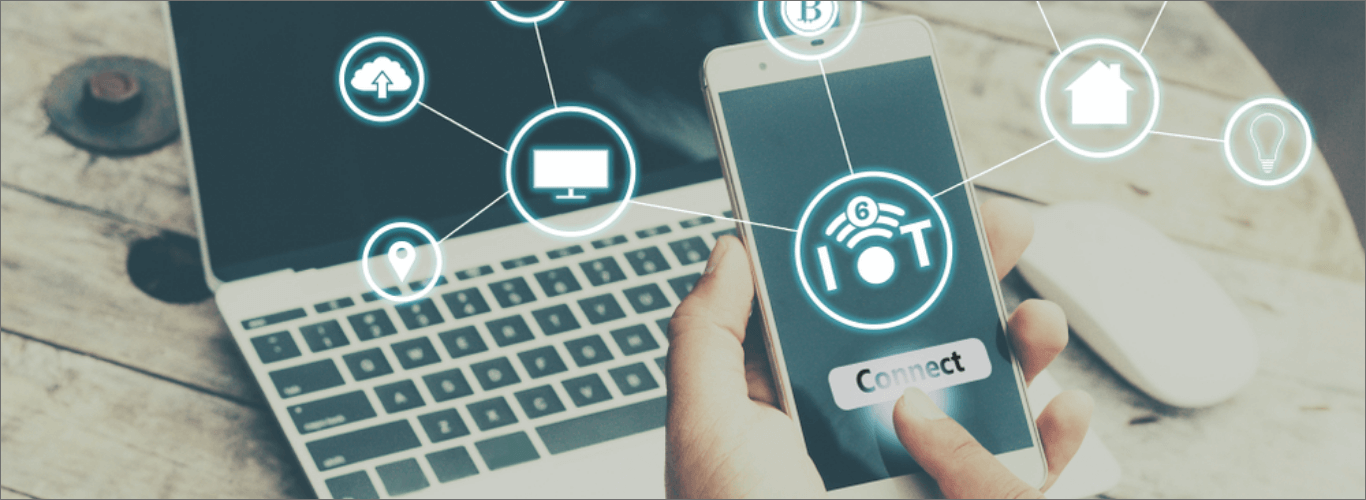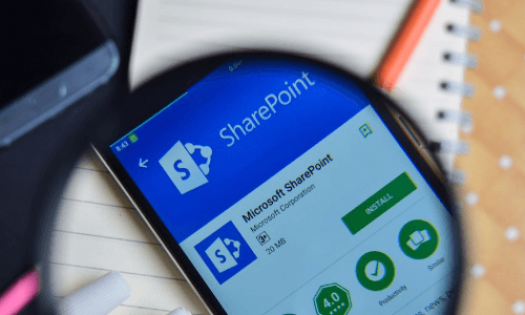
Details Works!
I work with a team that is on the other side of the world. When I wake up in the morning to start my day, my team members are winding down and tending to their families. I’ve never physically met my closest co-worker Viji, but I know the sound of her voice from our daily conversations.Together we’ve worked on some amazing projects and built a relationship of trust and friendship. I’ve had the chance to celebrate in her personal and professional successes.This is one example of a digital workplace in action.Many people like myself and Viji are living in a digital workplace every day, but they may just not classify their lifestyle as such. Which makes sense because a digital workplace is still an emerging concept that is still ambiguous in its definition. It’s made up of so many different ideas and there are as many definitions of a digital workplace as there are stars in the sky or grains of sand on this earth. But today I want to provide a couple of relevant definitions to help you understand what a digital workplace is in 2019.
What is the digital workplace?
Digital workplace is a part of a much larger concept in the workplace known as digital transformation, which in itself is ambiguous. But insofar as 2010, pioneers like DWG Founder Paul Miller have attempted to classify this concept.
My favorite definition of the digital workplace pulled from the DWG:
“The digital workplace is the experience of work delivered through the collective use of connected devices, software and interfaces.”
Our lives are increasingly being integrated with technologies like cloud computing and the internet of things (IoT). Try to remember a day where you didn’t have a CRM to organize all your customers and leads. Or imagine a time where phone calls could only be made from the interior of a landline. The evolution of our work has crept up on us at an exponential rate we take for granted.
Always on, the lines of a professional and personal life are forever blurred thanks to the connectivity of a global world we cannot escape. This definition of a digital workplace applies to any job, regardless of industry. Consider the following scenarios:
Logistics
Connecting secluded employees together
Challenge: Drivers spend long hours on the road traveling vast distances. It gets lonely on the road and they don’t get much opportunity to connect with their peers.
Scenario: John wakes up at 5am, drives for 12 hours and sleeps. His only interactions are at the delivery location and the occasional gas station.
Traditional outcome: His lack of connection to others that share his lifestyle leaves him socially deprived and disconnected from the rest of the world and his own organization.
Digital workplace outcome: John has a forum to discuss frustrations, challenges and experiences he can share while on the road. He is able to coordinate meetups at local gas stations and foster new friendships.
Human Resources
Improving Productivity
Challenge: HR Professionals spend much of their time processing leave requests on behalf of employees and their immediate supervisors.
Scenario: Jesse walks into the office with a laundry list of leave issues like fielding calls from sick employees, filing doctor’s notes, informing managers of absenteeism issues, and so on.
Traditional outcome: Jesse spends her entire morning periodically being interrupted with phone calls, breaking her concentration and must track down the employee supervisors. who may or not be available to grab the memo, so she ends up leaving sticky notes on their doors.
Digital workplace outcome: Jesse conducts training on the LMS system during onboarding so employees can directly submit their absentees and doctor’s notes. Jesse can easily monitor and respond at her own pace without interruption.
Organization’s Perspective

“The digital workplace is the collection of all the digital tools provided by an organization to allow its employees to do their jobs.”
What I love about this version is how technology is given a purpose for the employee use. In other words, a framework for structure is given to a digital workplace with clear, measurable boundaries in which employees can work within.
Without an organization to govern a workplace, employees may be working in the Wild West of a lawless society where anything goes.
In Deloitte’s e-book “The Digital Workplace: Think, Share, Do”, a framework for organizations to build successful experiences is presented.

The four layers used include:
- Use: Collaborate, Communicate, Connect
- Technology: The Digital Toolbox
- Control: Governance, Risk, and Compliance
- Business Drivers: Measurable Business Value
Deloitte is quick to point out their framework is not the ONLY way to develop a digital workplace, but an example foundation for organizations to build upon. One area I found especially interesting is the digital toolbox in which employers equip their employees to do their jobs.
Paul stated in his book The Digital Workplace
“If we could actually see the current digital work world encircling us, it would leave us breathless, given its reach, depth, and moving parts; it would be not just a new continent but a new planet (only digital).”
What is People1’s take on the digital workplace?
I asked my co-workers around the office and each of them came up with their own definitions.- Creative: “A collaboration tool where I can do all my work online.”
- Sales: “A solution or tool an employee can use to do all their activities in a single location without having to use multiple tabs, screens and windows.”
- Account Management: “A digital workplace is a work environment where we are not limited by physical boundaries and we can collaborate without the limitations of a traditional physical workspace.”
- Operations: “A digital workplace involves an environment equipped with digital tools that an employee can use for better managing their tasks in an environment that is comfortable reducing stress and access to tools.”
A digital workplace affects all roles in an organization

I mentioned earlier that a digital workplace is only one part of a larger whole in an organization’s digital transformation. But digital workplaces exist outside traditional organizations already. The economy gig, freelancing and independent consulting are a few jobs that already live and breathe this new way of work.
Employees operate in a digital workplace with or without an organization’s input. I then pose this challenge to organizations: what kind of digital workplace are you providing for your employees?
According to my co-worker
“A digital workspace is an integrated solution designed keeping in mind an employee's journey in office that can deliver and manage multiple apps, segregated data and delivering of information via Web & Mobile. Allowing employees to access their apps and data on any device, from any location, at any time making all of the data and apps unified, contextual, personalized and secure at the same time.”
This is exactly what People1 has created for organizations.
How are you enabling employees to engage within the organization? Intranets. Social Networks. Document Management Systems. These are just parts that make up the whole that we call the digital workplace. A place where people like myself and Viji can connect like never before.
Discover how PeopleOne can transform your organization
Request a DemoHR and Comms Guide: How to Turn Your Intranet into a Highly Engaged and Productive Platform
Download Ebook





